In 2025, artificial intelligence assistance has evolved far beyond simple commands and doing basic task management. With advanced large language models (LLMs) powering the next generation of digital tools, users now have a powerful lineup to choose from, each tailored for specific tasks, audiences, and ecosystems. This blog dives deep into the detailed comparison of these cutting-edge assistants, exploring their features, limitations, strengths, and ideal use cases.
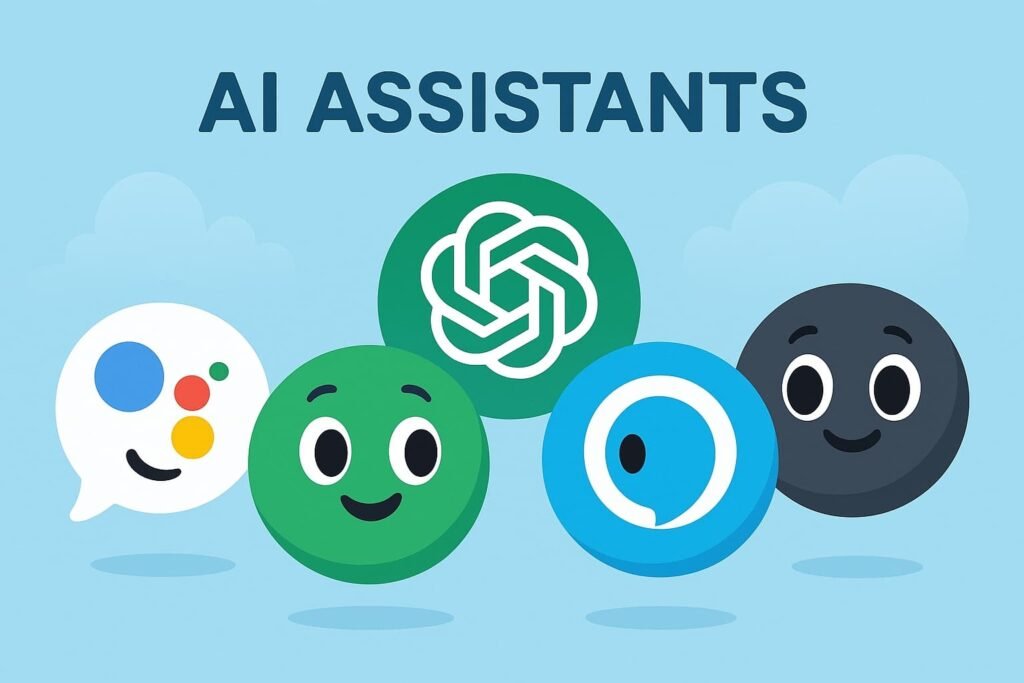
ChatGPT—Best AI Chatbot for Conversations and Productivity Tasks
It is human-like and can have multi turn conversation It retains contexts across messages in the session. It can handle a wide range of topics, from casual to technical texts.
Tool interpreter: For data visualization, calculation, and file analysis.
DALL·E: Text-to-image generation capability and image editing.
Browser: provides up to date information
Productivity: summarizing documents and articles, setting up custom assistants, and also drafting emails, applications, and letters.
Software: GitHub Copilot style help through custom GPTs and data analysis via python or code interpreter
Plans and Memory: The free plan does not provide memory or tools, while other priced plans do come with extra features.
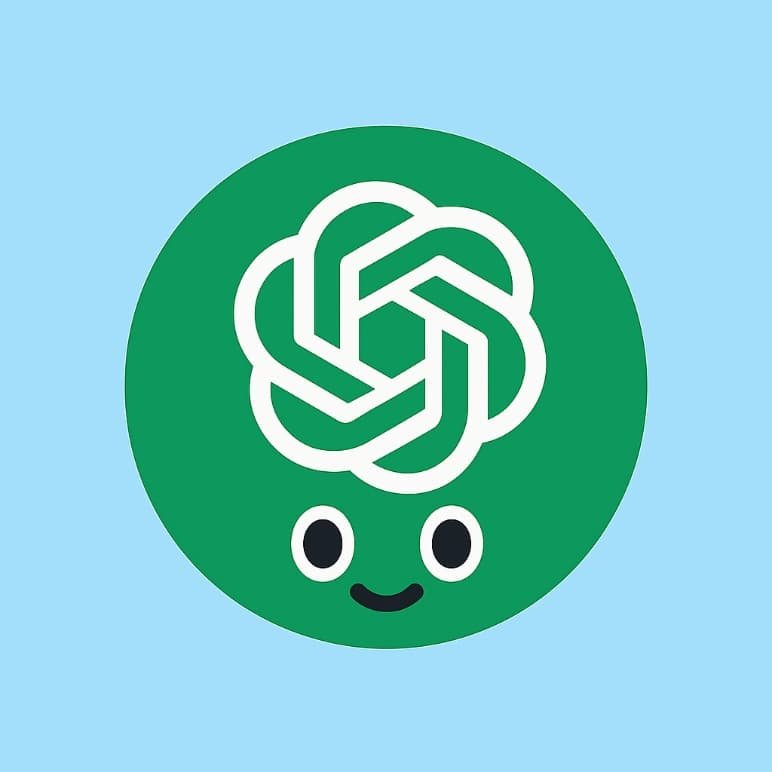
GEMINI—Google’s Advanced AI Assistant with Multimodal Features
Gemini is powered by the powerful Gemini 1.2 Pro model, offering multimodal capabilities, long context understanding, and deep integration across Google’s ecosystem.
Capabilities: It can process text, images, codes, and more. Moreover, it accepts input in many formats, including Google Lens, Search Map, and Photos.
Integration with Google’s ecosystem: It seamlessly works within Gmail, documents, photos, and YouTube. In addition, it is also embedded in many smartphones as a default assistant.
Productivity: It works within Gmail and other Google platforms to write and summarize emails.
Gemini Advanced: available via Google One AI premium plan. It is used for more complex tasks and document summarization.
DEEPSEEK—Open-Source AI Assistant for Research and Visual Tasks
It is developed by a Chinese AI research group focused on open models. Many deep-seek models are open-weight; unlike other AI models, they are publicly accessible on platforms like Hugging Face and GitHub.
Capabilities: DeepSeek has developed its code-centric model in order to do software tasks and its DeepSeek-VL for vision-language tasks. It is useful in image captioning, visual questions, and diagram analysis.
Research-oriented approach: It frequently publishes research cards, performance benchmarks, and technical details. It’s a part of the growing open-source LLM movement, like LLaMA and Mistral.
Research and Academia: The transparency and open access make DeepSeek popular in academic labs and ML communities. In addition, its models are fine-tuned in multilingual tasks and evaluated against global benchmarks.
Visual Application: DeepSeek VL can analyze images, graphs, and infographics.
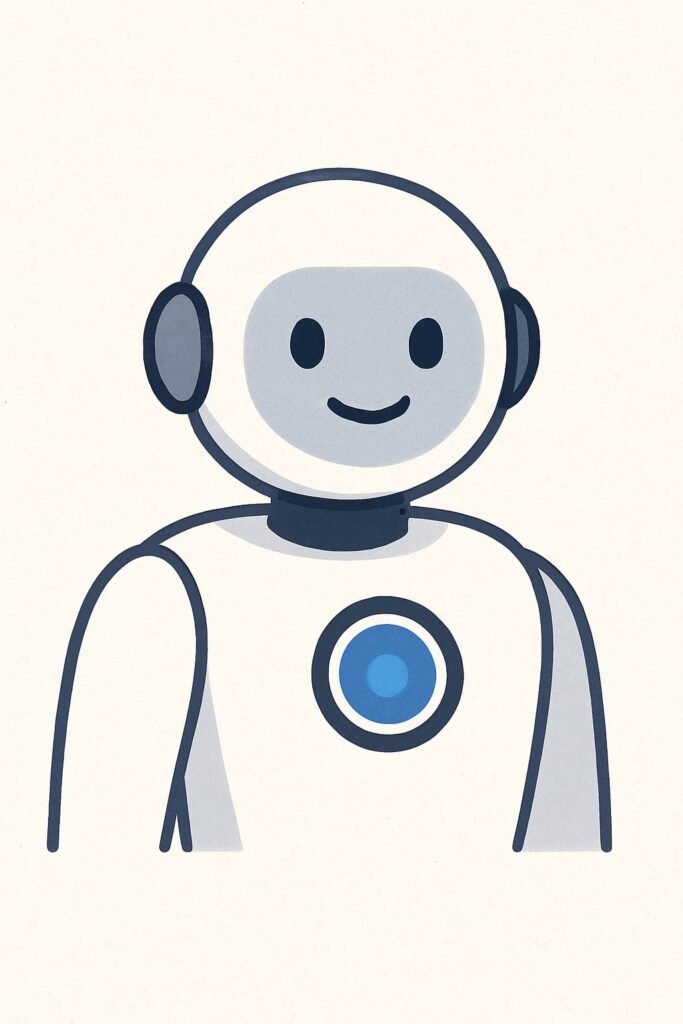
GROK—Social Media AI Assistant Integrated with X (Twitter)
Grok is directly integrated into X (Twitter).
Conversational tone and personality: It has a sarcastic, edgy, and numerous personalities by design. Elon Musk promoted Grok as ‘more rebellious’ than ChatGPT, providing uncensored and blunt answers within policy limits.
Integration with X: Grok can draft tweets, summarize threads, or even respond on behalf of users.
Social Media Engagement: It enhances user experience on X by boosting engagement, offering instant tweet generation, and participating in real-time discussions.
GOOGLE ASSISTANT—Voice-Powered Smart Assistant for Android and Smart Home
Google Assistant still holds a strong position in 2025. It continues to evolve within the Android and smart home ecosystem. It’s mostly used for voice commands, smart devices, and controlling apps.
Capabilities: It can do voice searches, play music, control smart home lights, set alarms and timers, and manage reminders.
Integration: It connects with Google Calendar, Maps, Gmail, and YouTube, so users can ask for directions, schedule meetings, or send messages.
Personalization: it recognizes voice and gives personalized results. It remembers routines and can automate daily tasks.
Hardware: works across Android phones, Nest devices, smart speakers, and smart displays.
Limitations: mostly works well with voice and real-world commands but is less useful in creative or technical writing tasks compared to LLMs.
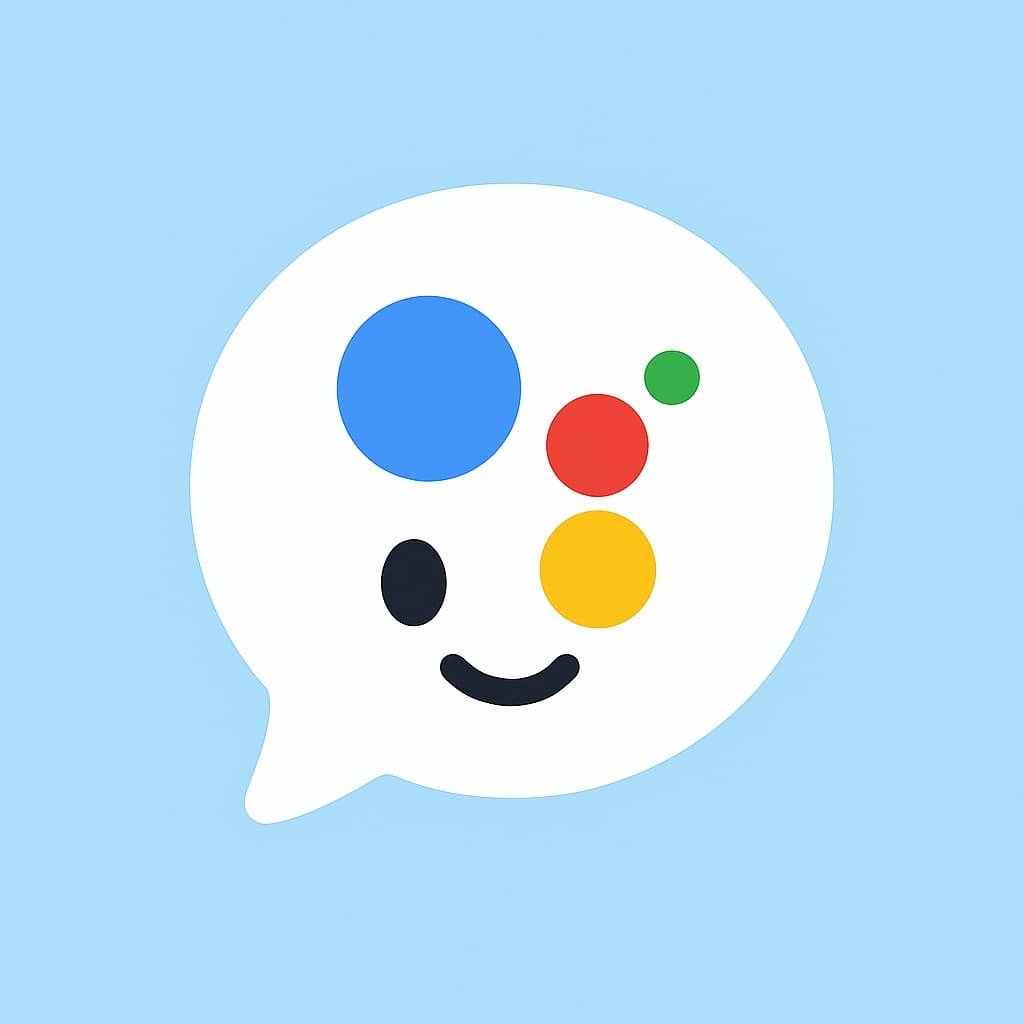
SIRI—Apple AI Assistant with On-Device Intelligence and Privacy
Siri is Apple’s built-in AI assistant. It’s been around for a long time, and in 2025, it’s improved with on-device intelligence and privacy-focused upgrades. It’s tightly integrated into Apple’s ecosystem.
Capabilities: can send texts, set reminders, play music, make calls, answer questions, and open apps. It works well with voice commands and quick tasks.
Integration: works across iPhones, iPads, Macs, Apple Watches, and HomePods. It can control smart home devices through the Apple Home app and supports HomeKit-compatible gadgets.
Privacy: Siri processes many requests locally on-device for privacy and speed. Apple doesn’t store conversations the same way other AI chatbots or digital assistants might.
Limitations: It’s not as strong in long conversations, technical writing, or AI-generated content. It works best for fast voice commands, productivity, and iOS device control.
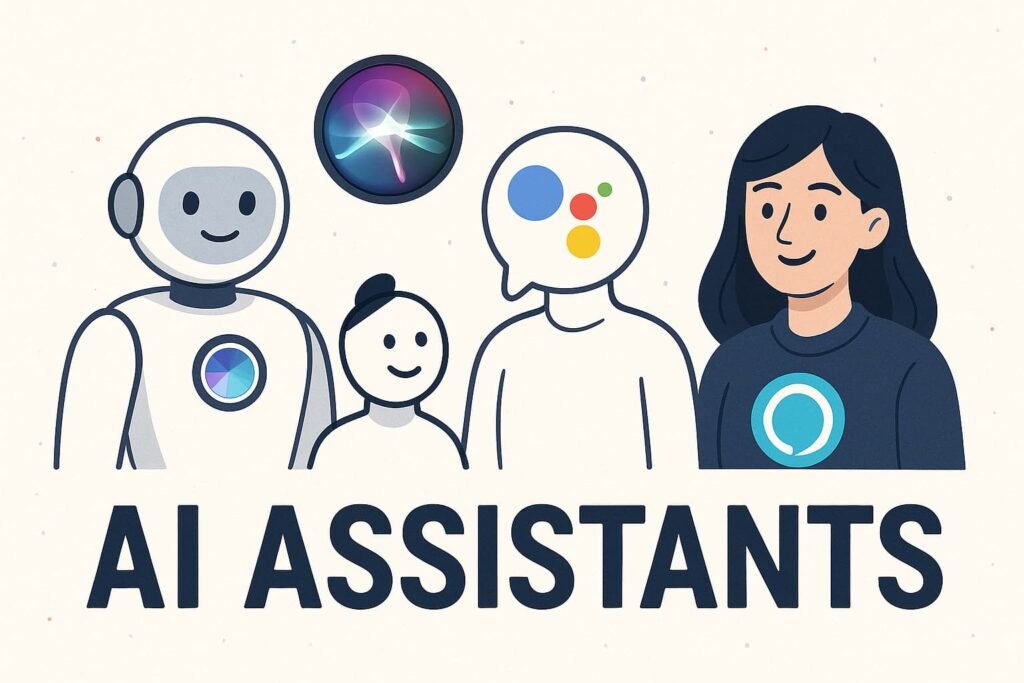
Conclusion
The AI assistant space in 2025 is packed with powerful tools for different users and needs. Whether you’re using ChatGPT for creativity, Gemini for deep Google integration, DeepSeek for research, Grok for social media, Google Assistant for smart homes, or Siri for quick tasks on Apple devices — each one brings something unique. Choosing the right AI depends on your platform, goals, and the type of help you want.